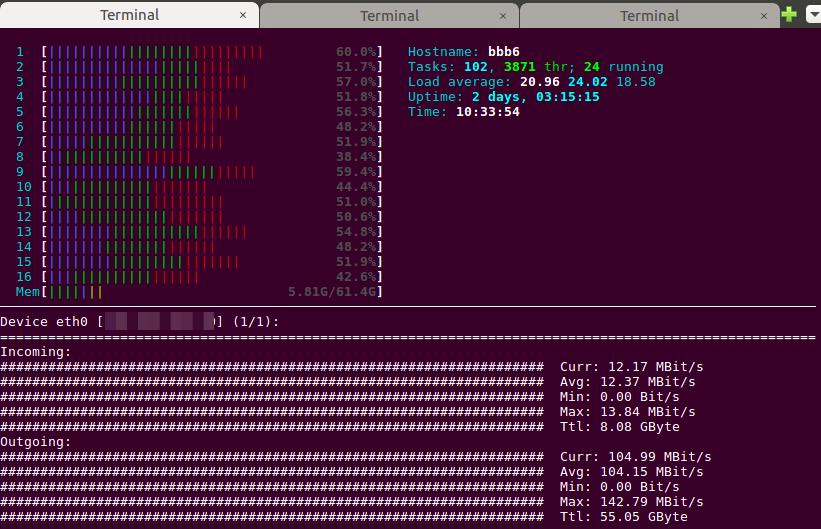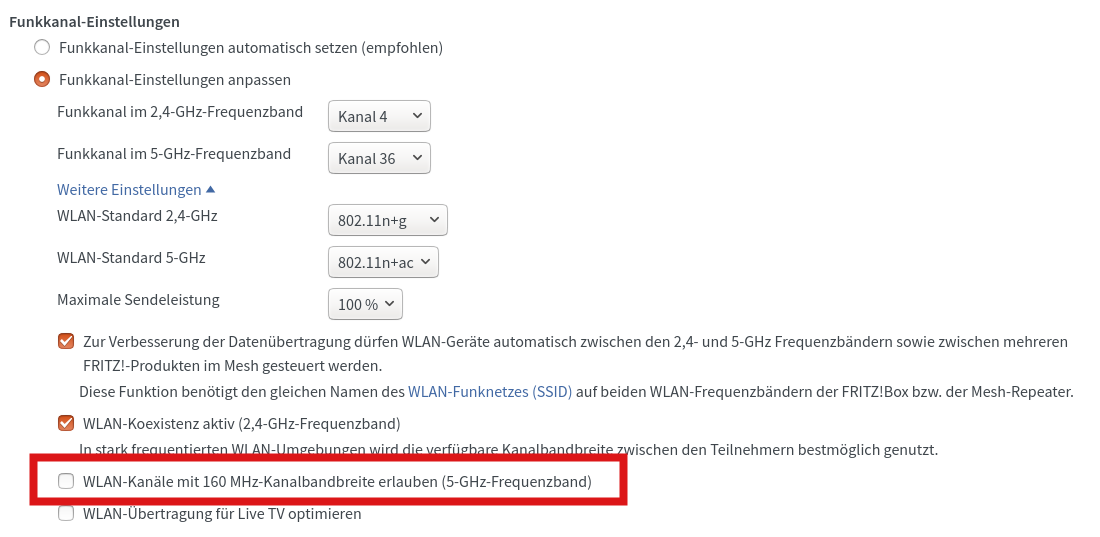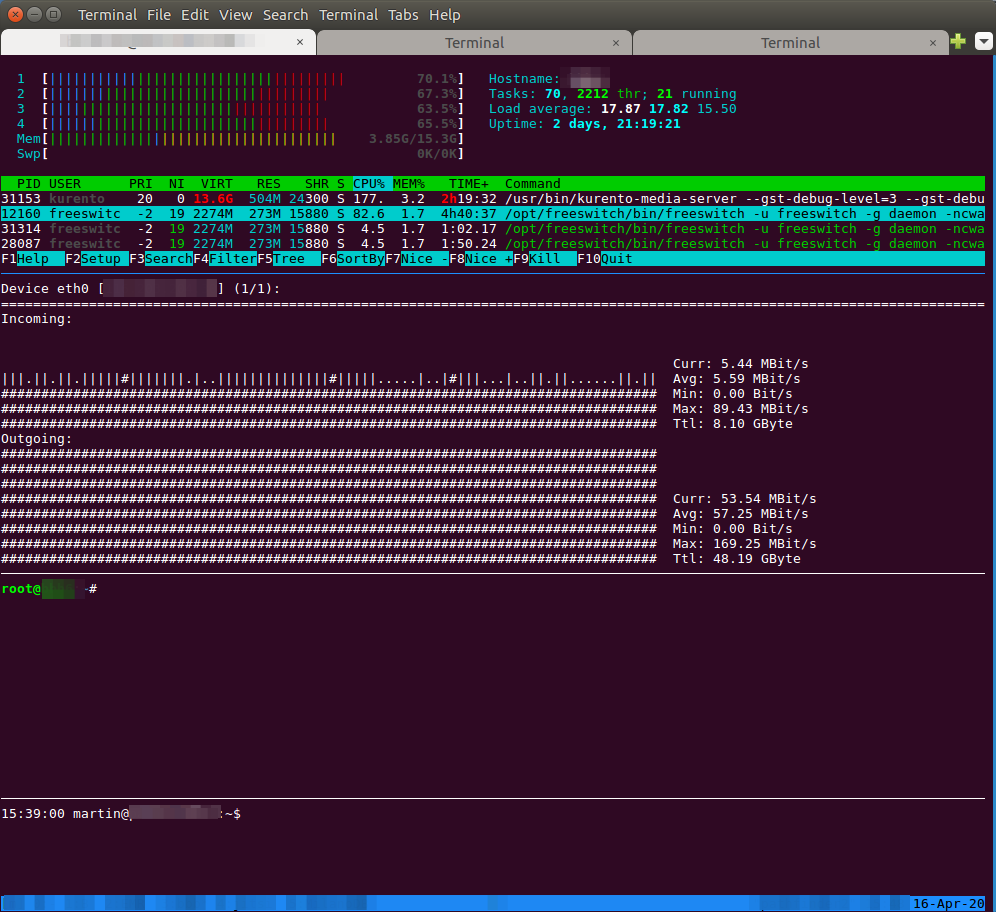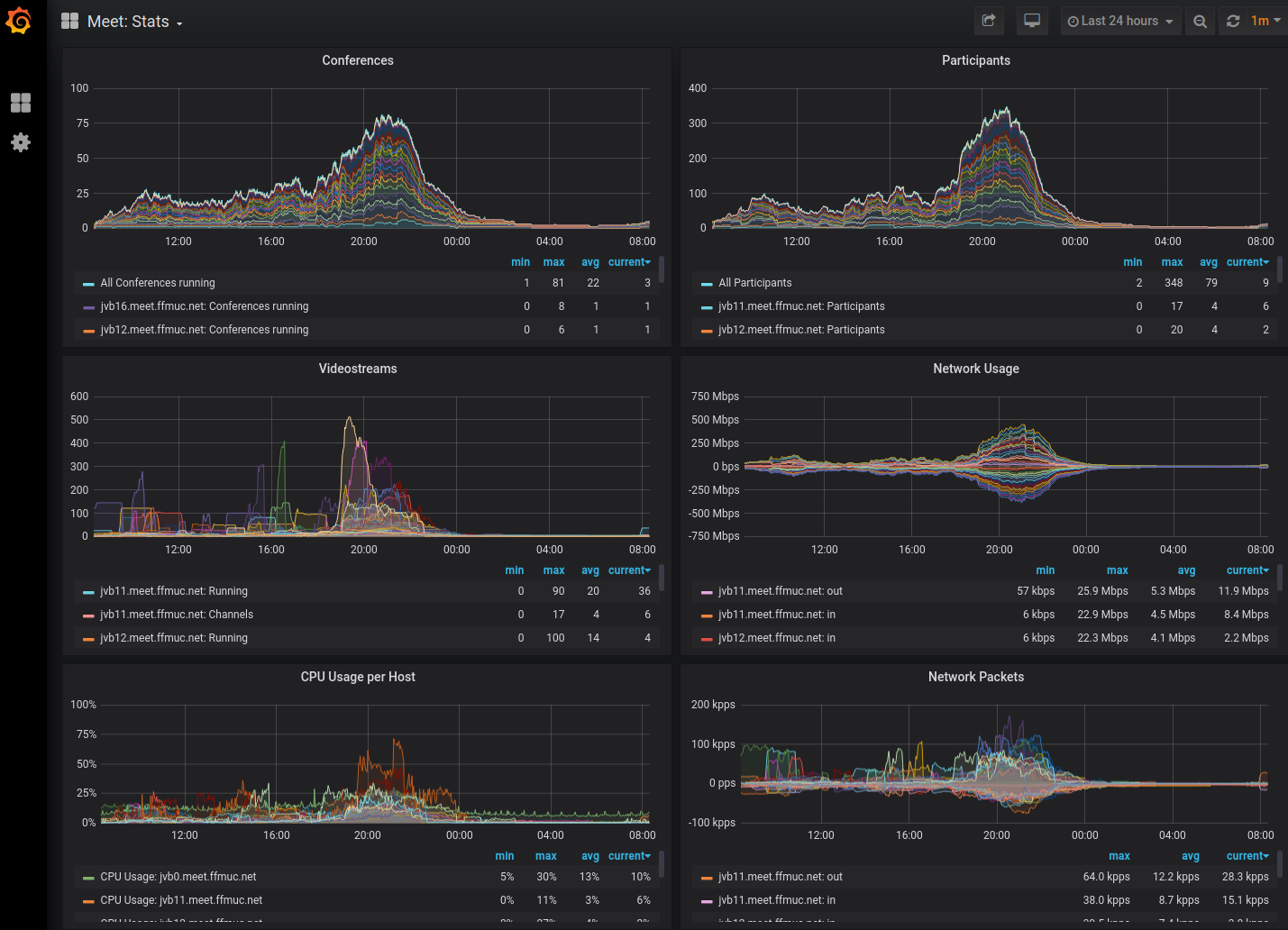 So here we go: In the past one and a half weeks, I’ve set up and then started running a BigBlueButton video conferencing server ‘pro bono publico’ in my quality time for a faculty of a non-technical institution. It’s been an exciting week for many reasons. The main one: Like many projects, the number of people who wanted to use it grew quite quickly.
So here we go: In the past one and a half weeks, I’ve set up and then started running a BigBlueButton video conferencing server ‘pro bono publico’ in my quality time for a faculty of a non-technical institution. It’s been an exciting week for many reasons. The main one: Like many projects, the number of people who wanted to use it grew quite quickly.
Initially, I started working on a solution that would enable 3 to 4 lecturers throughout the week for some sessions. This quickly grew into 10 lecturers with some sessions in parallel. In the end, 16 lecturers showed up in the first orga call. A quick poll indicated the requirement for a system that could handle up to 5 parallel sessions with 60 people. On top, video between all people was seen as essential. From earlier experiments I knew that a 4-vCore VM could (only) handle a session with up to 20 people with the same number of videos between them. O.k., challenge accepted.
Continue reading Running BigBlueButton – Week One
 About two years ago I bought my current VDSL + Wifi Access Point router, a Fritzbox 7590. It is still AVM’s flagship model to this date with 802.11ac Wifi-5 support and it is good to see that the manufacturer continues to develop the software to this day. Especially the Wifi functionality around Mesh and 5 GHz operation keeps getting better and better.
About two years ago I bought my current VDSL + Wifi Access Point router, a Fritzbox 7590. It is still AVM’s flagship model to this date with 802.11ac Wifi-5 support and it is good to see that the manufacturer continues to develop the software to this day. Especially the Wifi functionality around Mesh and 5 GHz operation keeps getting better and better.


